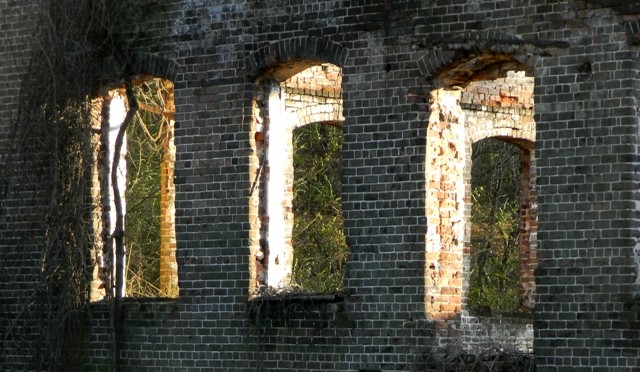I am writing this entry while in Augusta, Georgia to attend the 2015 Masters Tournament at Augusta National Golf Club. I’m very fortunate to be able to attend this event every year.
Although I know very little about golf, each year I thoroughly enjoy not just the exquisite beauty of Augusta National in full bloom, but I also marvel at how impeccably managed every aspect of this tour-nament is, which lends an air of relaxed formality that makes for a fun and friendly time.
Oh, and then there’s also the golf. Did I mention that? It’s a thrill to see the top players in the world playing one of the best courses in the world and, very often, playing their best game. It’s not just the top pros either. Every year the top amateurs from around the globe are also invited to participate alongside with the best professionals.
I am sincere when I say that this annual event is something of the best the American South and, indeed, this country have to offer. It’s all done with great grace and style.
“What on earth are you, Bill Watkins, Mr. Artsy, talking about?”, you might be asking. Continue reading Masters

